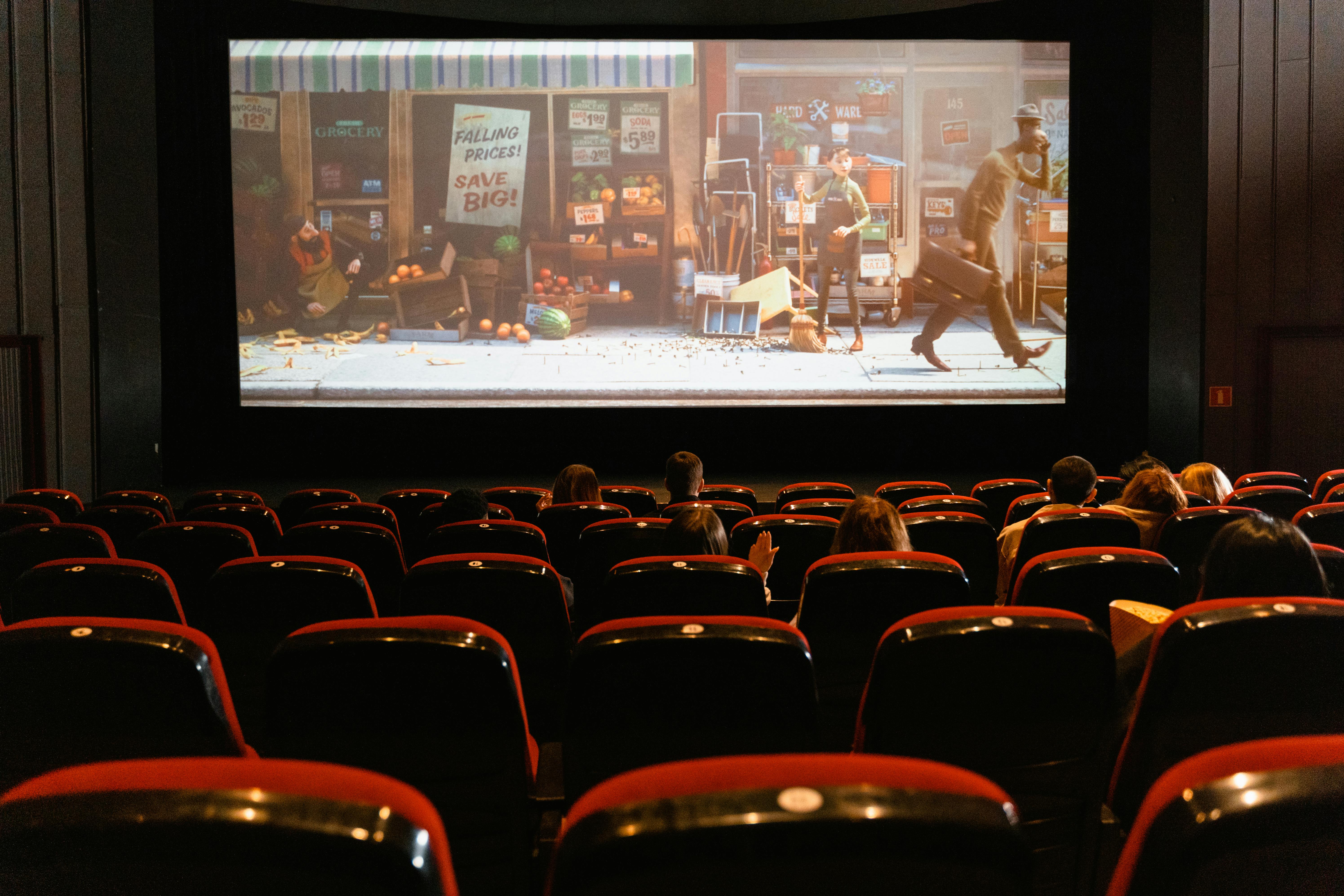Kaleidoscopic Storytelling: The Rise of Narrative Fractals in Cinema
In an era where traditional storytelling often feels exhausted, a revolutionary narrative technique is reshaping the landscape of modern cinema. Narrative fractals, a sophisticated storytelling approach that interweaves multiple plotlines and timelines, are captivating audiences and critics alike. This innovative method, drawing inspiration from mathematical concepts, is pushing the boundaries of cinematic storytelling, offering viewers a rich, multi-layered experience that challenges conventional narrative structures. As filmmakers experiment with this complex yet rewarding technique, narrative fractals are emerging as a powerful tool for crafting intricate, thought-provoking films that resonate deeply with contemporary audiences.

Defining the Kaleidoscopic Narrative
Narrative fractals in film are characterized by their intricate, interconnected storylines that mirror the self-repeating patterns found in mathematical fractals. These stories often feature multiple timelines, recurring themes, and interwoven character arcs that create a rich tapestry of narrative complexity. Unlike traditional linear storytelling, fractal narratives invite viewers to piece together the story’s puzzle, often revealing new layers of meaning with each viewing.
Pioneers of the Fractal Form
Several visionary filmmakers have been instrumental in popularizing narrative fractals. Christopher Nolan’s Inception stands as a quintessential example, with its nested dream levels and intricately layered plot. Similarly, Charlie Kaufman’s Synecdoche, New York pushes the boundaries of fractal storytelling, creating a mise en abyme effect where reality and fiction blur in increasingly complex ways. These films have set new standards for narrative complexity and audience engagement.
The Impact on Audience Engagement
Narrative fractals have profoundly impacted how audiences interact with films. This storytelling technique demands active participation, encouraging viewers to analyze, interpret, and often rewatch films to fully grasp their intricate plots. Online communities dedicated to decoding these complex narratives have flourished, fostering a new level of audience engagement and collective analysis. This heightened interaction has transformed the viewing experience from passive consumption to active participation.
Challenges and Criticisms
While narrative fractals have garnered critical acclaim, they are not without their detractors. Some critics argue that the complexity of these narratives can alienate viewers, potentially sacrificing emotional resonance for intellectual stimulation. Filmmakers face the challenge of balancing intricate storytelling with accessibility, ensuring that their films remain engaging without becoming impenetrably convoluted. The debate surrounding the merits and drawbacks of narrative fractals continues to shape discussions in film criticism and theory.
The Future of Fractal Storytelling
As technology evolves, so too does the potential for narrative fractals in cinema. Interactive storytelling platforms and virtual reality offer new avenues for exploring fractal narratives, potentially allowing viewers to navigate complex story structures in unprecedented ways. Emerging filmmakers are increasingly incorporating elements of fractal storytelling into their work, suggesting that this narrative technique will continue to influence and shape the future of cinema.
Conclusion
Narrative fractals represent a bold evolution in cinematic storytelling, challenging both filmmakers and audiences to engage with stories in new and exciting ways. As this technique continues to develop and refine, it promises to push the boundaries of what’s possible in film narrative, offering viewers increasingly rich and rewarding experiences. The rise of narrative fractals in cinema not only reflects the complexity of our modern world but also our growing appetite for stories that mirror that complexity, inviting us to explore the infinite possibilities of storytelling.





